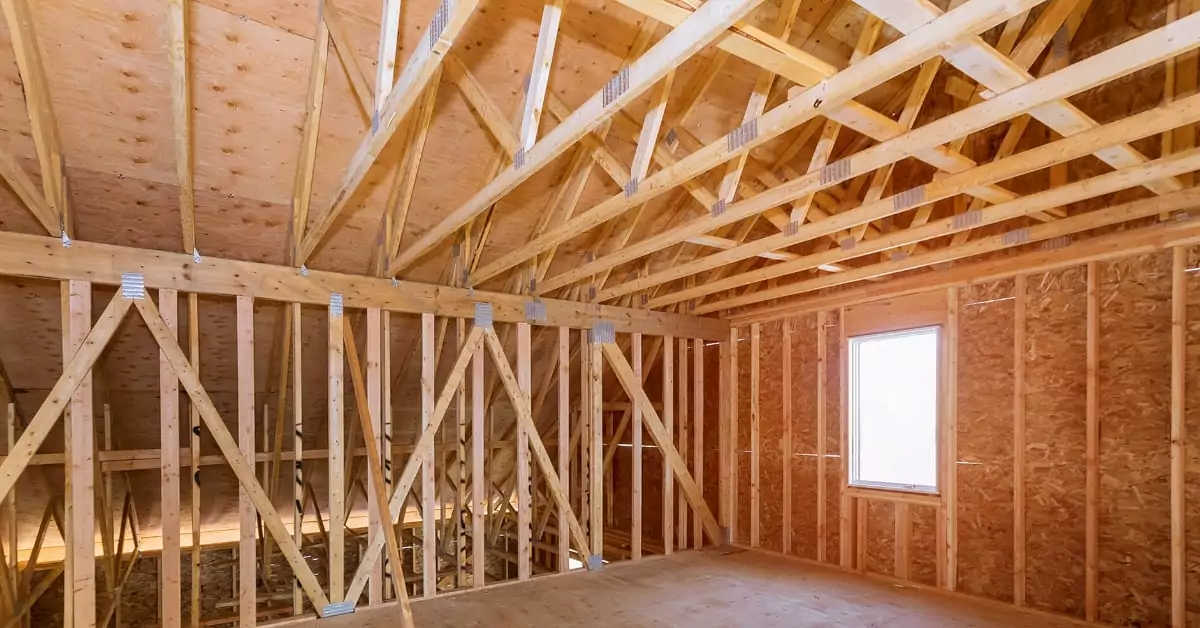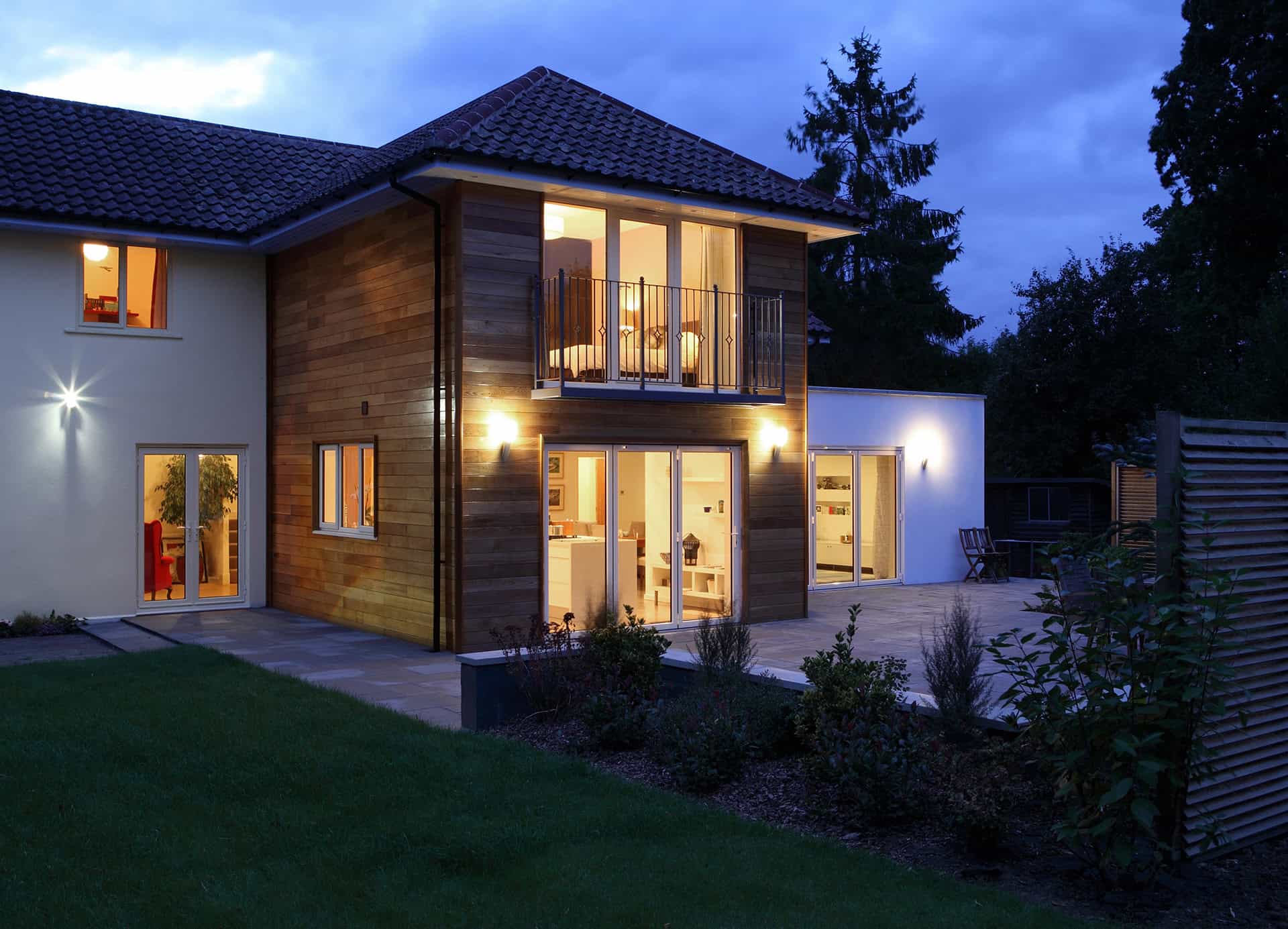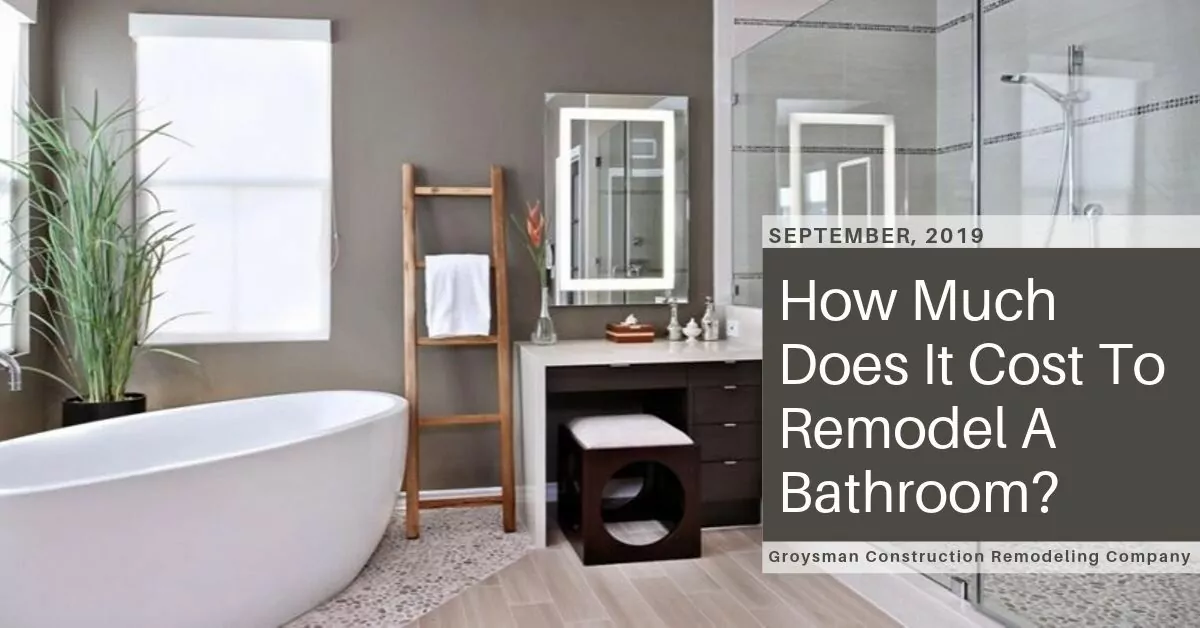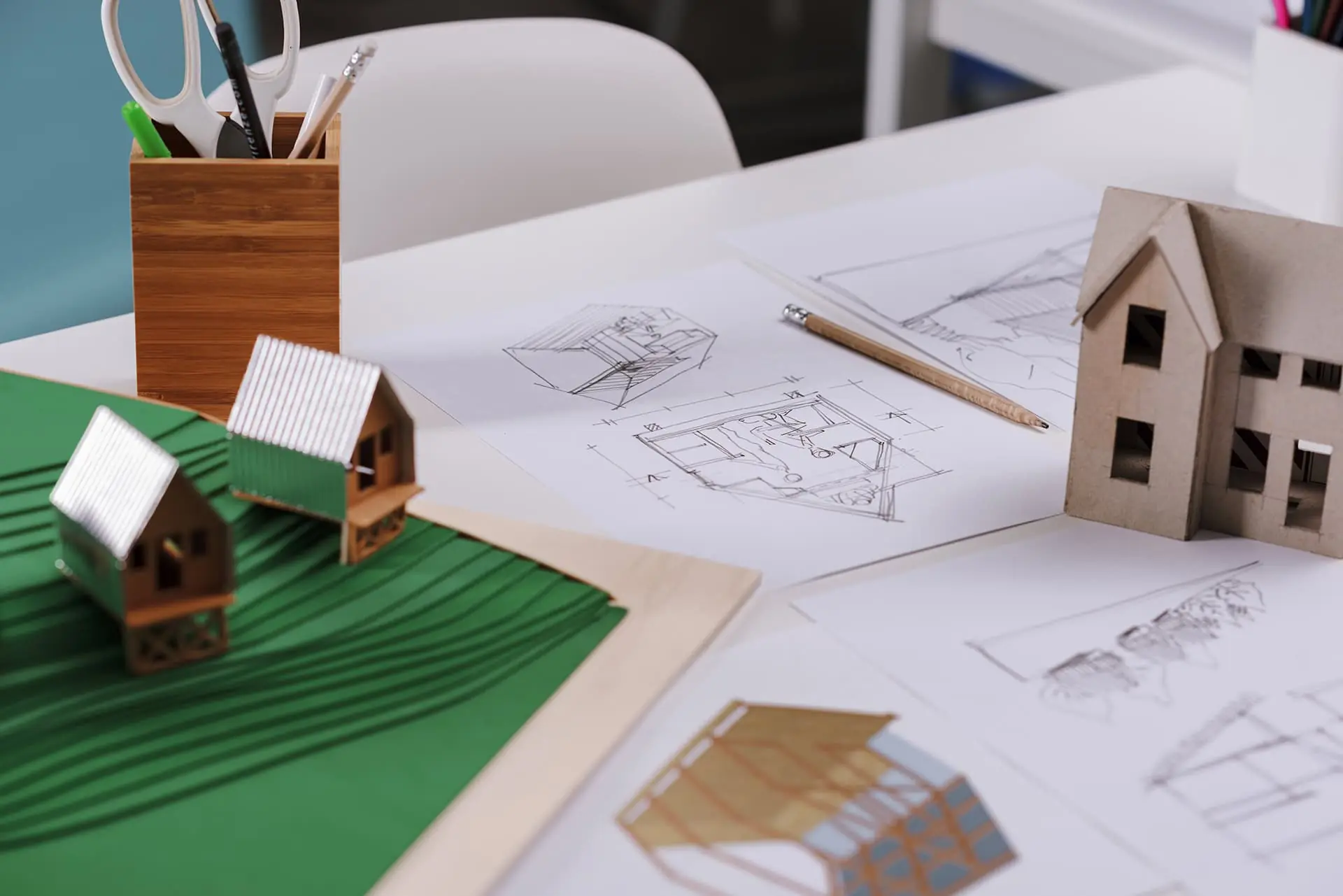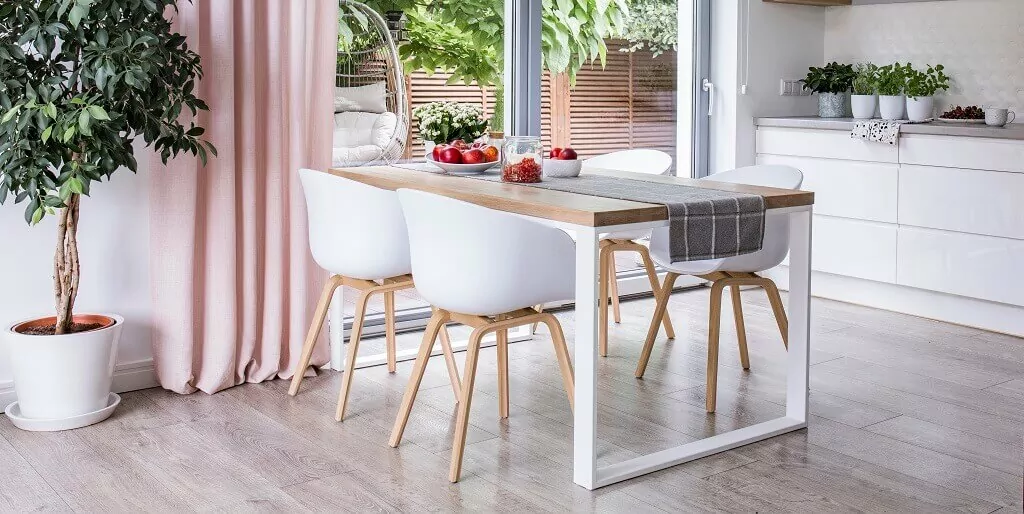
Today, hardware stores offer an insane variety of flooring designs: ceramic granite, hardwood, linoleum, tiles, industrial carpet, laminated plastics – the selection is so huge that any homeowner will easily find a good option matching both the taste and budget. But manufacturers never stop inventing and are always eager to bring something brand new to the market. One such recent novelty at the finishing material landscape is vinyl flooring, and it is rapidly growing in popularity. Let’s figure out why.
What is Vinyl Flooring?
The main secret behind vinyl flooring mass recognition comes from its structure. Vinyl is a multilayer material, the main components of which are polyvinyl chloride and mineral (generally, quartz) chips. The chemical makeup of vinyl also contains stabilizers, inert fillers, resins, and plasticizers. These elements are combined to produce a material with a multilayer structure by applying the hot-pressing technique.

In a nutshell, vinyl flooring consists of four main layers:
- The lowermost layer is the foundation. It is made of PVC (polyvinyl chloride) and has a thickness of up to 0.8 mm.
- The second layer is the reinforcement. It is also made of polyvinyl chloride but of a bit softer type, and its structure is enforced with fiberglass. Such reinforcement stabilizes the material and does not allow it to react to temperature changes while augmenting its mechanical strength, too.
- The third layer is also presented by PVC combined with various mineral fillers. The most common filler is quartz sand which enhances the floor durability and prevents it from mechanical changes.
- The uppermost layer has a decorative and protective function. It may sound strange but the last layer in vinyl flooring is made of paper, on which the pattern is applied. But this layer is protected by a transparent polyurethane coating that generally has an anti-slide effect, too. This finish also does not allow vinyl floors to fade, so that it will remain bright for many years to come.
Such a complex structure ensures an incredible strength and wear-resistance of the material, which means that vinyl flooring will not lose its attractiveness and physical qualities in the long run.
Interestingly that vinyl incorporates the best merits of other floor types. It is as pliant as linoleum, as durable as stone, and as easy-to-install as laminate.
Just a Few Words about Vinyl Flooring Types
Modern vinyl floor is supplied in three main variations. It is exactly the type that determines the final characteristics of vinyl flooring.
Vinyl plank flooring is very similar to hardwood in terms of appearance and is supplied in strips. This type of flooring is fairly simple to install and very difficult to damage.
Vinyl tiles flooring mimics natural stone. This material is very durable and quite expensive, too because it has an additional protective polyurethane layer which boosts the floor strength against aggressive household chemistry. Vinyl tile is the perfect material to opt for in a bathroom, kitchen or other high-moisture rooms at a home.
Sometimes vinyl plank and tiles flooring are dubbed luxury vinyl floor because of their ability to imitate the look and feel of noble materials like precious wood and stone. This effect is achieved thanks to the surface layer that has a very realistic pattern and textures like those found in nature.
Sheet vinyl flooring is produced in large, continuous, pliant sheets.

The floor made of such a type of vinyl will resemble laminate. Vinyl sheets generally come with a backing made of mat or glass fiber. And it also often has a self-adhesive foundation.
Why Vinyl Flooring?
If you are going to undertake home remodel, but your financial possibilities are very limited, you will not go wrong if you decide in favor of vinyl as a floor finish because this material is the perfect blend of affordability, durability, and aesthetics.

A good assortment to choose from. Vinyl floorings do differ in design, colors, and textures. Whether you want strict geometry or an extraordinarily vivid coloration on your vinyl floor, you will easily find the variant that will utterly accommodate your specific preference. If you wish, you can find vinyl tiles that resemble premium wood, natural or artificial stone, or with bright abstractions and unusual patterns. This will allow you to design the interior in any style from classic to hi-tech and at a very moderate cost. On top of everything, the vinyl coating has no visible seams and joints.
Waterproof. Coatings of such type are impervious to moisture penetration, thanks to which, vinyl is the number-one choice for areas with high humidity or with rapid changes of temperature. Vinyl flooring ensures a sufficient level of damp insulation for several decades because this coating is not subjected to the impact of steam or heat.
Really easy-to-maintain. Vinyl is a surprisingly fuss-free material. Just do not use harsh brushes and abrasives when it comes to cleaning to keep your vinyl floor in as good as new condition.
Exemplary utilization properties: resistance to tearing and pressure, high durability, resistance to mold, fungi, ultraviolet, scratches, and cracks, – thanks to mineral chips in the composition, vinyl flooring will easily stand the test of time without developing dents from furniture legs, too.
Pleasant-to-touch. Vinyl does not get cold during nasty weathers and feels good beneath your feet compared to wood or ceramic tile floors. Modern vinyl sheets and tiles come with a padded bottom layer so that you feel very comfortable when walking on these coverings.
Vinyl Flooring Drawbacks
Is vinyl flooring durable? Surely, yes. Is it safe? So-so. Despite the undeniable advantages of this coating, the disadvantages of vinyl tiles must not be underestimated. Given the composition of the vinyl flooring, it cannot be considered environmentally-friendly. This material does not decompose, which means that it cannot be disposed of or recycled. Then, when just installed, the vinyl coating will give away volatile organic chemicals for some time. Though these toxins are not mortal, they can cause asthma episodes, allergies, eye irritation, and other undesired effects in adults, not to mention children. Do not use vinyl flooring if you are an asthmatic, allergy sufferer, or have weakened immunity.
When mounting, the vinyl floor requires meticulous attention to detail because even a tiny grain may cost you too much. Vinyl is a relatively soft material, and if the work area is not perfectly smooth and flat, over time, your vinyl floor may develop lumps on the surface, which will eventually lead to rips and tears.
Material-to-material interactions. Vinyl and rubber are very bad friends. Never cover the vinyl floor with a mat that has a rubber backing and never walk on such a floor in rubber shoes because this may cause a chemical reaction which will make the covering lose its color forever.
Vinyl floor is hard-to-repair. In a case of some damage, you will likely need to remove and replace the whole flooring, especially if you have sheet vinyl instead of tiles.
How to Install Vinyl Flooring?
Fundamentally, a process of vinyl flooring installation is not much different from the installation of any other type of floor. We can distinguish several main principles here:
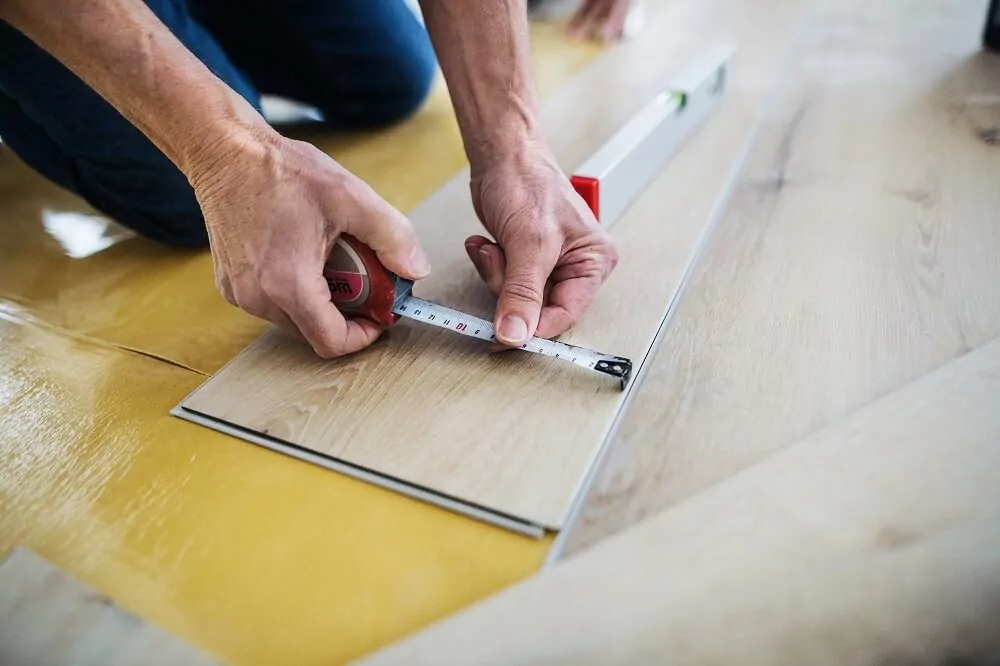
- Surface preparation. Vinyl is fairly soft and has a tendency to take the shape of the surface where it lies. Make sure the area where you are going to place vinyl is ideally flat and does not have even the slightest grains.
- Proper glue. Unlike laminate, vinyl is not a floating floor covering – it must be glued to the surface, and this must be done only with the help of glue specified by the manufacturer. If you do not want to monkey with glue, elect for the covering on a self-adhesive basis.
- After purchasing, let vinyl flooring rest in the room for a while without removing the package. If during the transportation, the temperature outside was below or near zero, then vinyl should be left in the area for, at least, two days.
How to Choose Vinyl Flooring?
While browsing the shelves with vinyl floor samples, mind the level of traffic in a room where it is going to lie. If the traffic in the space is quite heavy, opt for a type that has a rough surface. If the movement is not very intensive, choose vinyl with matt or glossy finish.
Select vinyl floor with an interlocking system for a dining room or parlor in your home – this type has invisible joints and will only contribute to the room’s overall exquisiteness.
For a kitchen, pick up self-adhesive vinyl flooring – this material is resistant to abrasion, easy-to-care-of, and waterproof.
For a bathroom, select vinyl tiles which should be glued. Generally, glue for vinyl has antifungal properties and will not let vinyl be affected by mold.

Turning to the Groysman Construction Remodeling Company, the experts will help you implement the best solutions.


